Formerly known as ‘Japan’s BMW’, Honda’s fall from grace has been discussed great detail recently. Thanks to lessening sales and reportedly declining profits, moving to a factory-owned dealership set up has been discussed by the brand’s Australian branch. But if this doesn’t work, don’t be shocked if Honda leaves the country altogether. We have a look back to Honda’s Peak.
News of Honda’s decline might shock some as the brand has made some truly excellent cars – the NSX, S2000, Accord Euro, etc. These were coincidentally all made in the same era, roughly from 1990 to 2005 which was the Honda’s peak years. They could seemingly do no wrong, which is a big contrast to now.
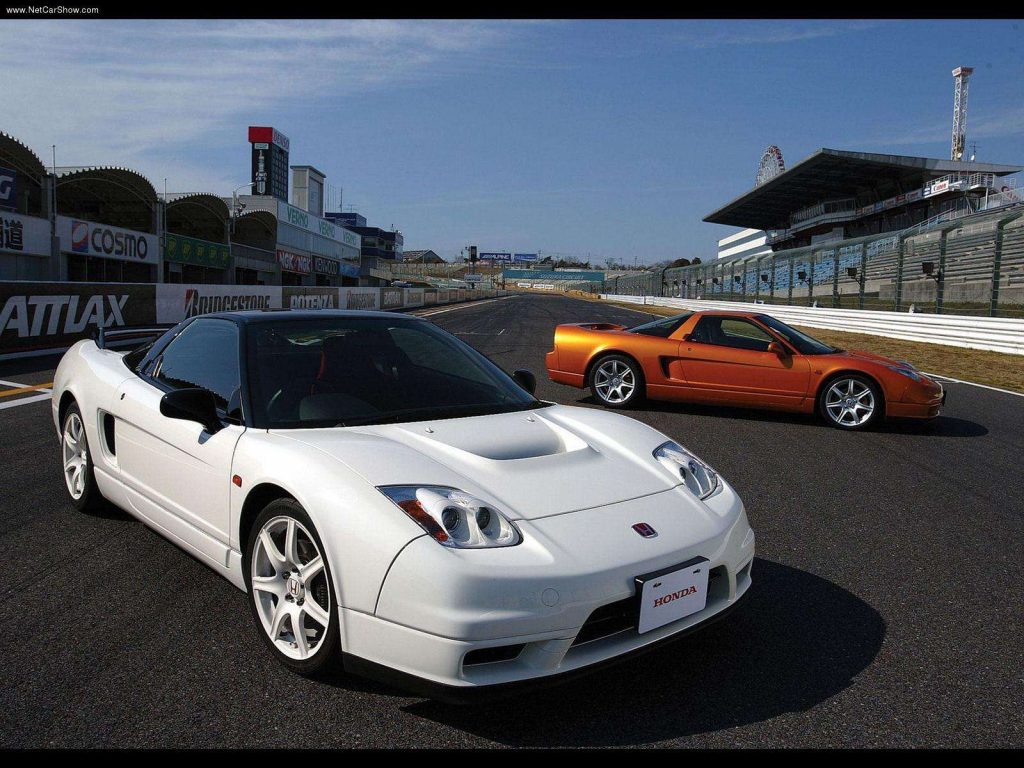
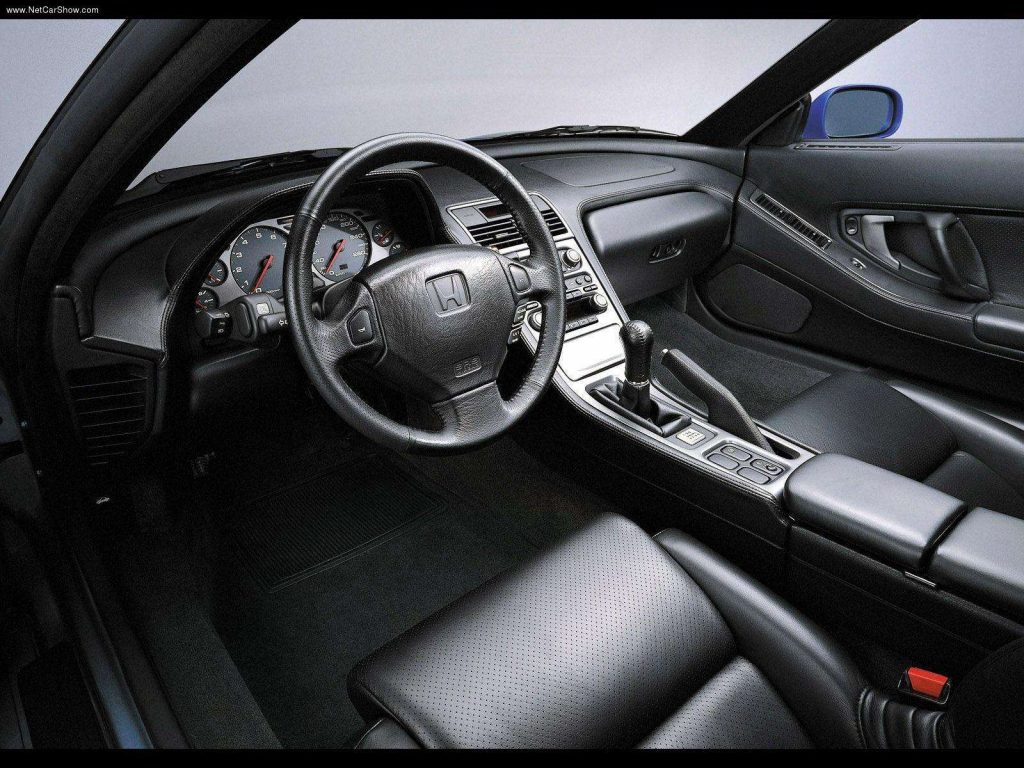
The amazing first generation NSX debuted in 1990 and finished production in 2005. It was as fast as a Ferrari, cost much less to buy and run and was significantly more reliable. It was also the first mass-produced production car to feature an all-aluminium body and it featured an all-aluminium 3.0 litre V6 engine, which featured Honda’s then-new ‘VTEC’ (Variable Valve Timing and Lift Electronic Control).
The NSX was an amazing car for Honda as they previously sold either sporty cars or passenger cars, and proved that super cars could be comfortable and usable every day, it was a hugely well known car to come out of Honda’s Peak.
The next amazing car Honda made in this period was the second-generation CR-X. Debuting in 1992, the CR-X used a 1.6-litre four-cylinder engine with VTEC, but amazingly this was not what made the CR-X a hit – this was its amazing handling. It kept up with the crowd favourite Mazda MX-5, and the CR-X also had the benefit of being a targa top, which made the car more luxurious and quieter with the roof up.
Many people don’t know this but in Japan, the Del-Sol had an automated targa top called the ‘Transtop’, which would raise the boot lid and either swallow up or spit out the Targa top and lock into place. We didn’t get that option locally, unfortunately.
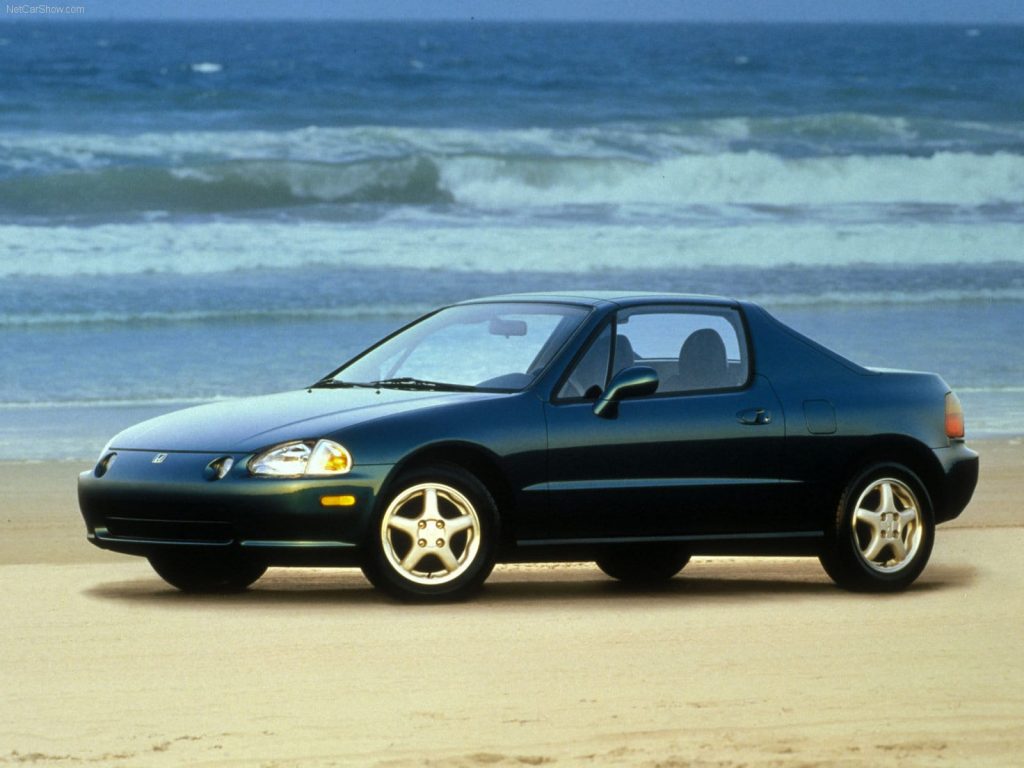
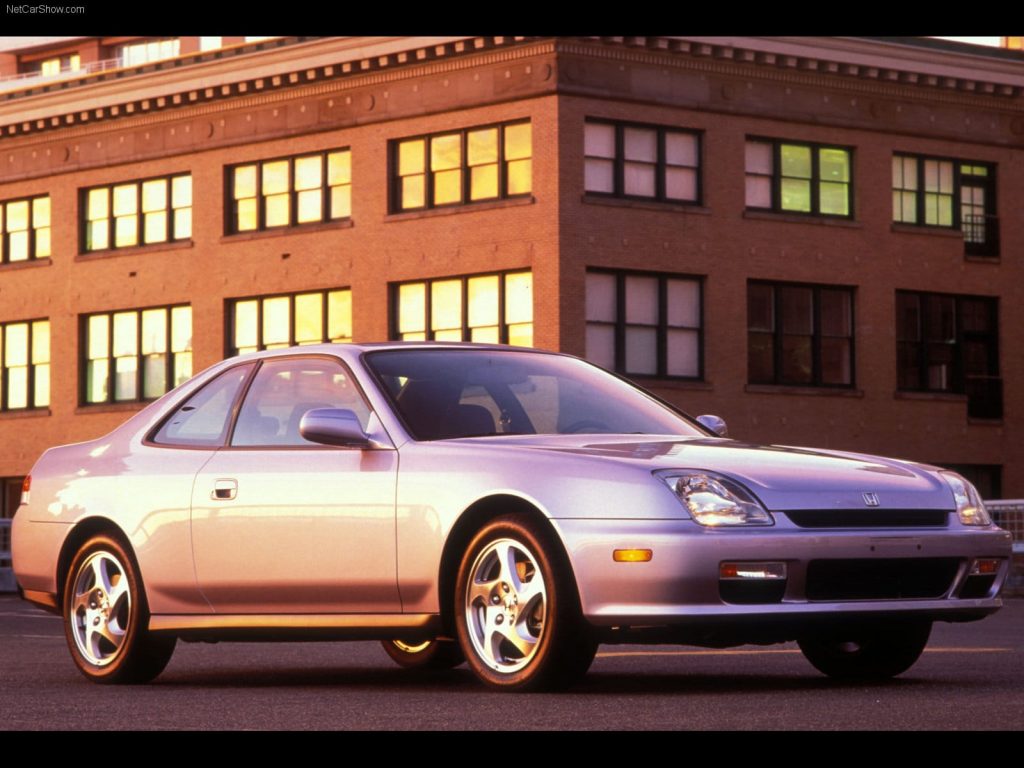
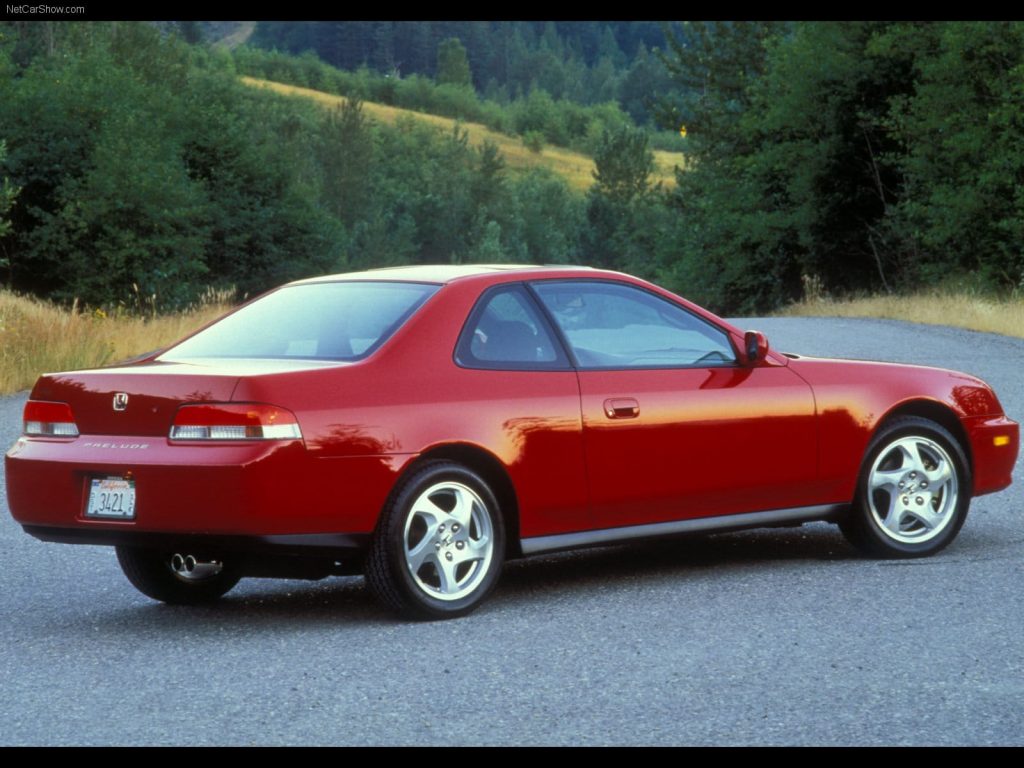
The Honda Prelude was a luxury coupe that still had the amazing Honda DNA with a VTEC four-cylinder engine with either a five-speed manual or a four-speed automatic, but the Prelude also featured RWS (rear-wheel steering) making the seemingly big Prelude feel like a much smaller and nimbler car. Car makers can barely justify making a sports model now, yet Honda had three coupes at around the same time that sat at around the same price.
The affordable Honda Integra was always a popular sports car ever since its release in 1986. It meant people didn’t have to settle for an Accord or Camry sedan, and could have a stylish and relatively fast coupe that was extremely fun to drive. The fourth-generation Integra is definitely the most well-known model as it also included the Type-R (DC5) which had a 164kW 2.0-litre I-VTEC four-cylinder engine, Recaro bucket seats, four-piston Brembo front brakes, a close-ratio six-speed manual transmission, a limited-slip differential, and a stiffer suspension making it an amazing car to drive.
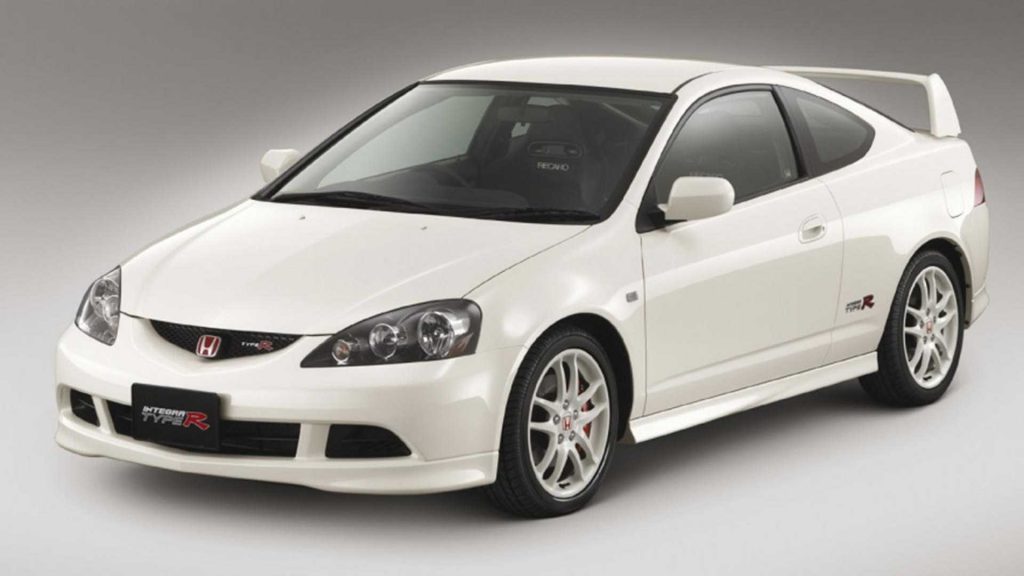
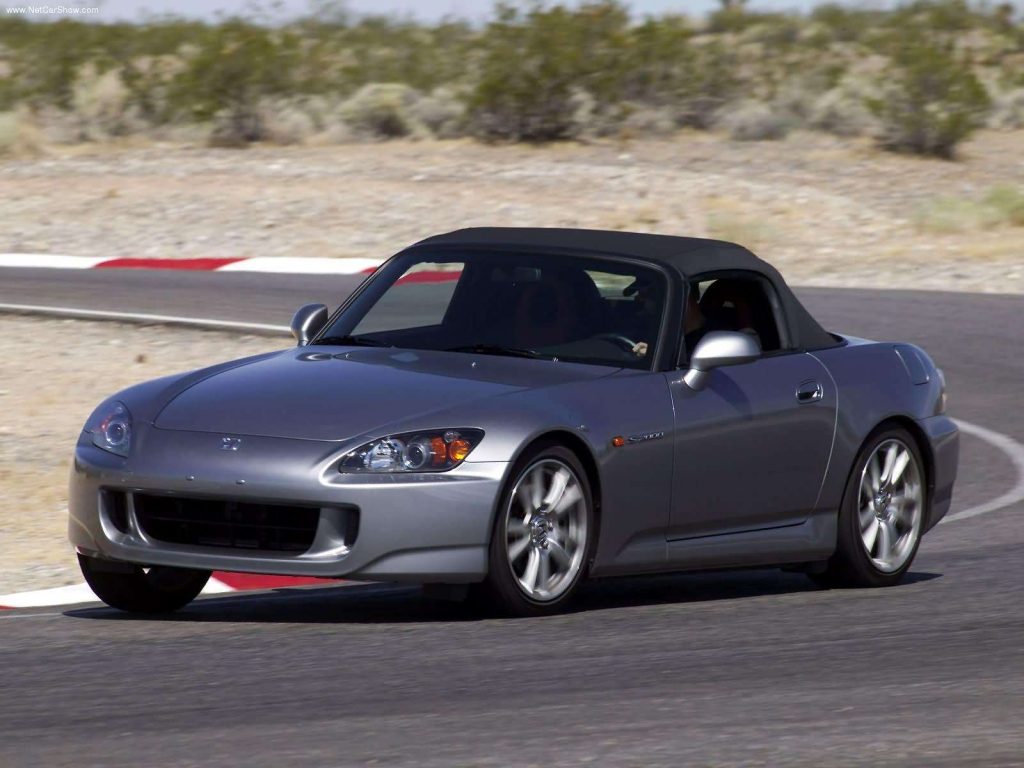
One of the most well-known Hondas of all time came out of this amazing era, the S2000 was a roadster that competed with the likes of the Audi TT, BMW Z4 and even the Porsche Boxster. It debuted in 1999 with a 176kW VTEC four-cylinder engine and oddly for Honda, rear-wheel drive. The Honda S2000 was known for its exceptional power output of about 124 hp per litre, or about two horsepower per cubic inch, which is the highest of any mass production, naturally aspirated car. It was an exceptional handling car as well, due to its low centre of gravity and its lack of weight.
The EP3 Civic Type R is one of the best Type R’s made – its visceral raw power (147kW) and driving feel makes it like nothing else produced at the time. It debuted in 2001 with the 2.0 litre VTEC four-cylinder engine with a close ratio six-speed manual being the only transmission option.
Weighing only 1,204kg (kerb weight) and having bigger brakes than the regular Civic, the Type R handle and stop like nothing else in the Honda range. The top speed of the EP3 is 235km/h, making it one of the fastest hot hatches of the time. In typical party pooper style, Honda Australia chose not to sell the EP3 locally, although thankfully many examples have made it locally as an import.
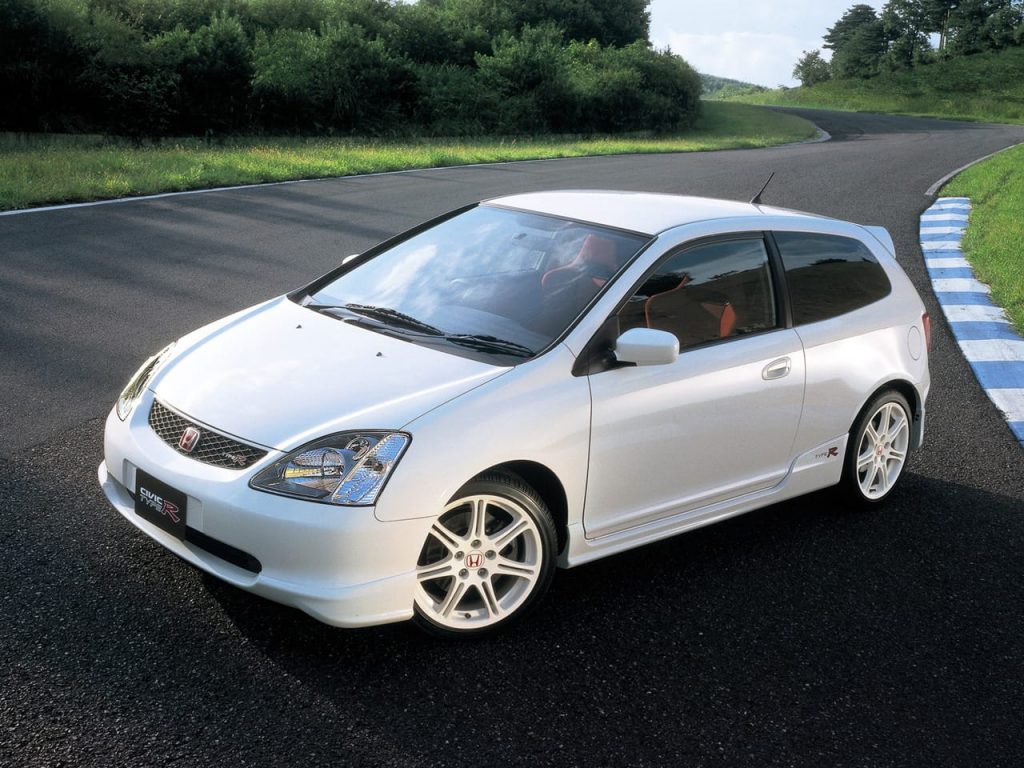
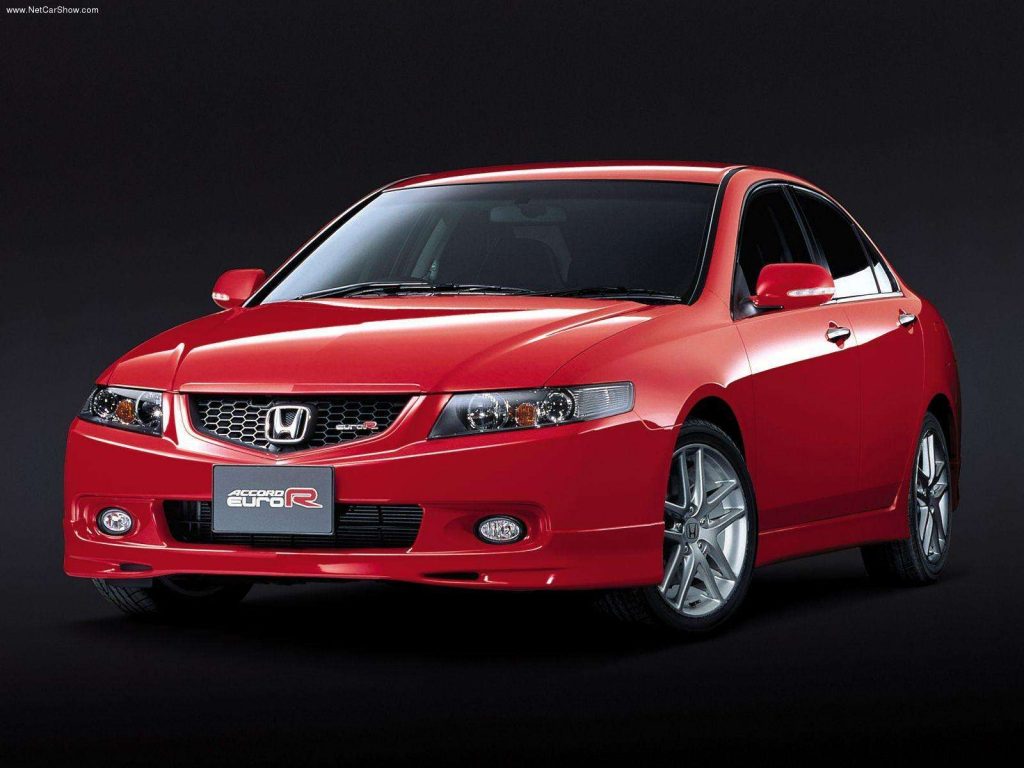
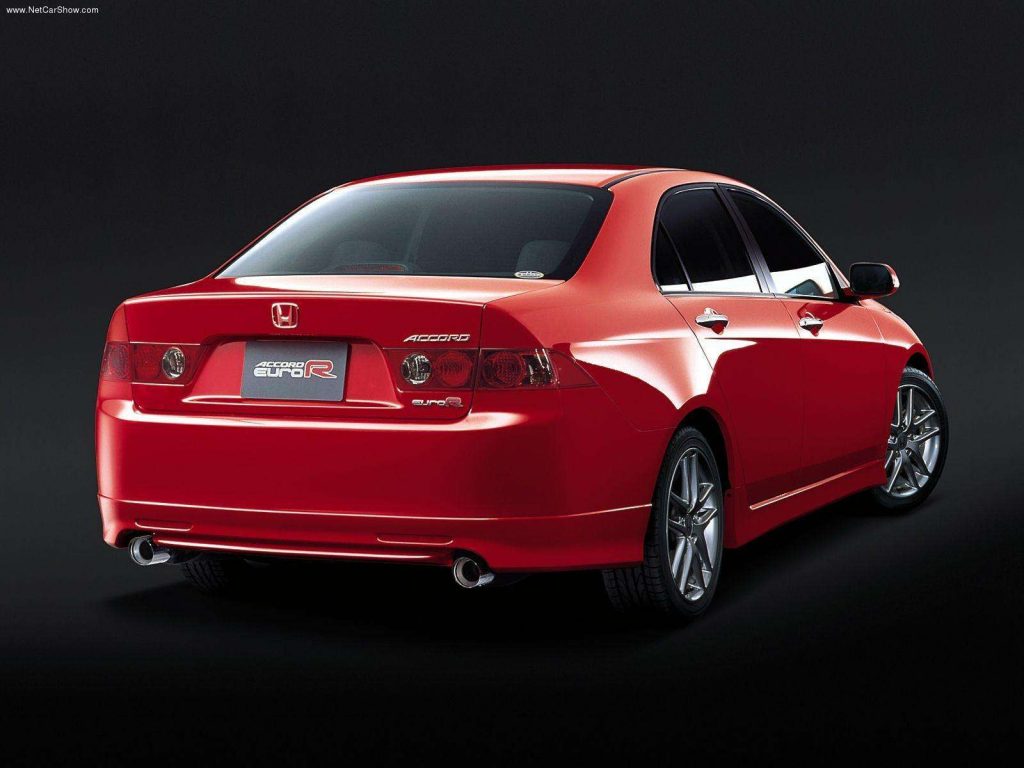
The first-generation Accord Euro was released in 2002, and while it was a more pedestrian four-door sedan (and a five-door wagon in European markets – unfortunately not Australia), it still featured the spirit of Honda’s sportier models with engaging family, a screaming 2.4-litre VTEC engine and the option of a sweet six-speed manual transmission – though an R version was sold in Japan with 162kW. The Accord Euro lasted just two generations before Honda killed it globally due to declining sedan sales.
Imagine walking in to a Honda showroom during the brand’s peak. Staring at you would be an NSX, Integra, S2000, CR-X, Prelude, Legend, etc. Walk into one today and not only have these models disappeared, but they’ve been replaced with dreary Thai-made rubbish such as the City, Accord and HR-V. Do you want an exciting Honda? You’ve got either the Civic Type R, or the $420,000 NSX. That’s it.
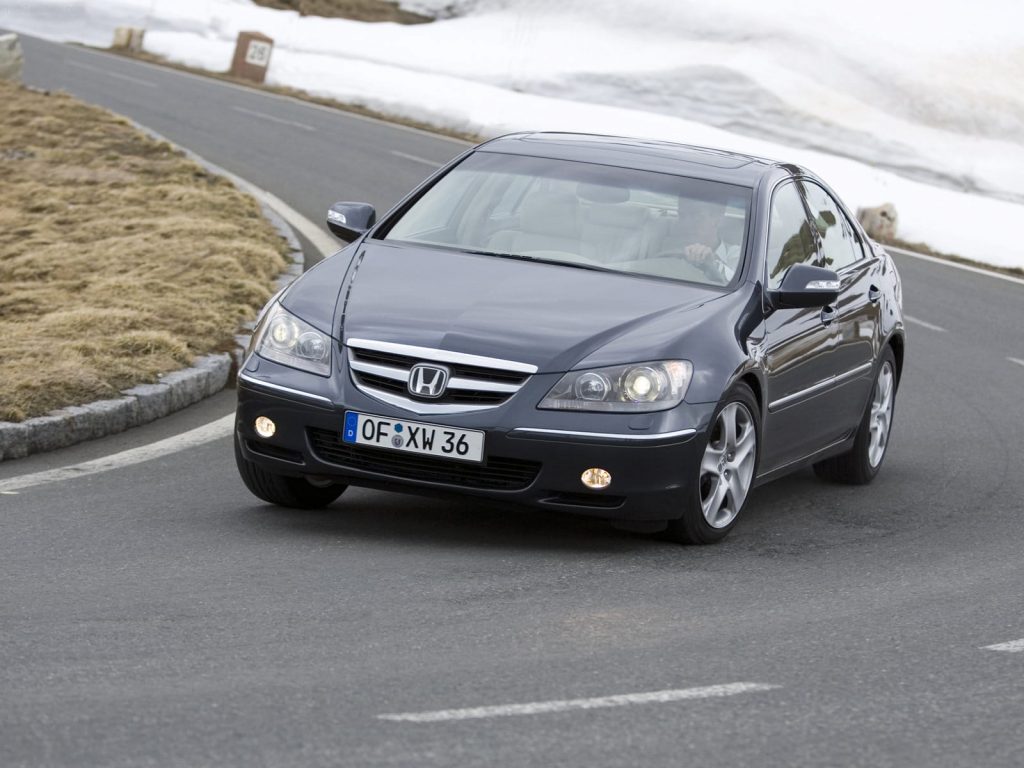
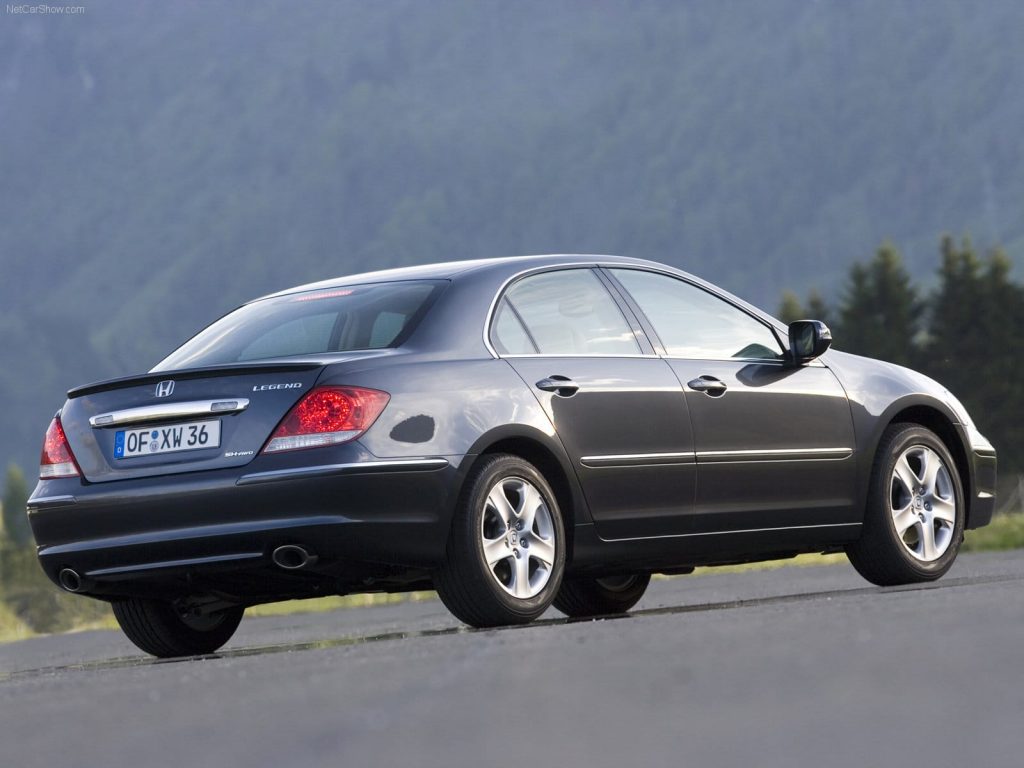
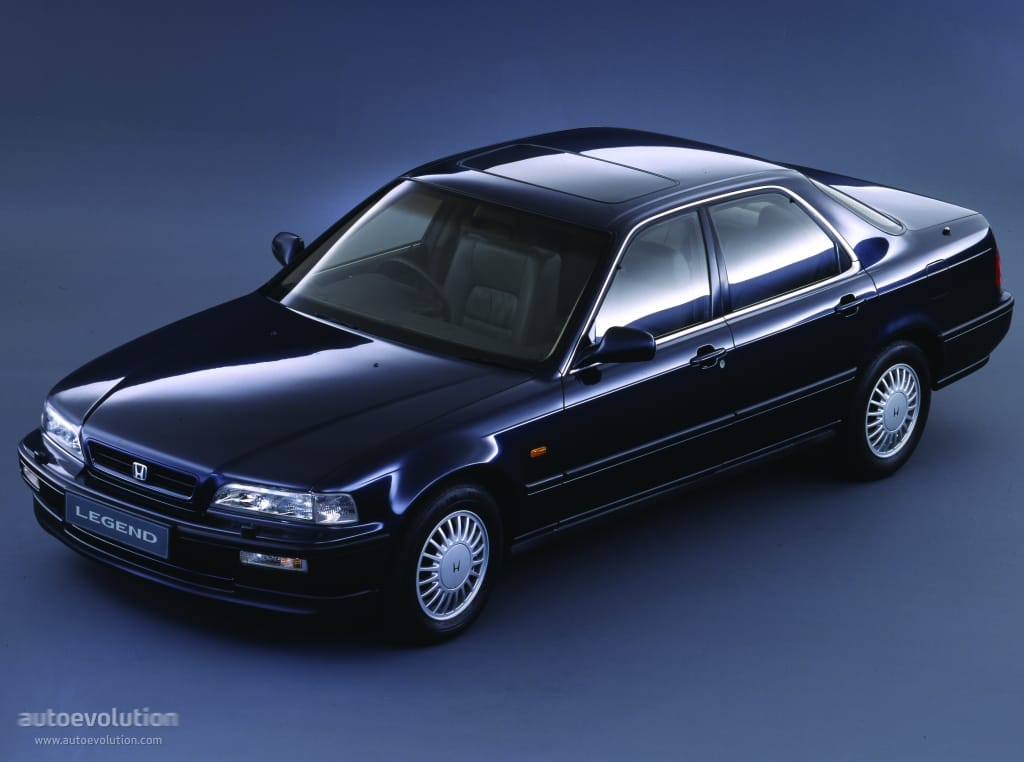
What’s more is that Honda Australia seems content on offering us the regional special models – ones that aren’t anywhere near as good as the same cars offered overseas. Models like the Pilot seven-seat SUV would sell strongly in Australia, yet Honda HQ doesn’t believe that making it in right-hand drive is a good decision. Perhaps they should ask Toyota and Mazda about how well their seven-seat SUVs sell – and those models are made in right-hand drive solely for Australia.
In Honda’s Peak it was a company making affordable sports cars that people loved and now, they seem to have strayed away from that to make sensible family cars and boring SUVs and while that’s much the same across the industry, the soul, passion and engineering know-how of Hondas of old has all but disappeared. Honda: the power of dreams? Not any longer.

Leave a Reply